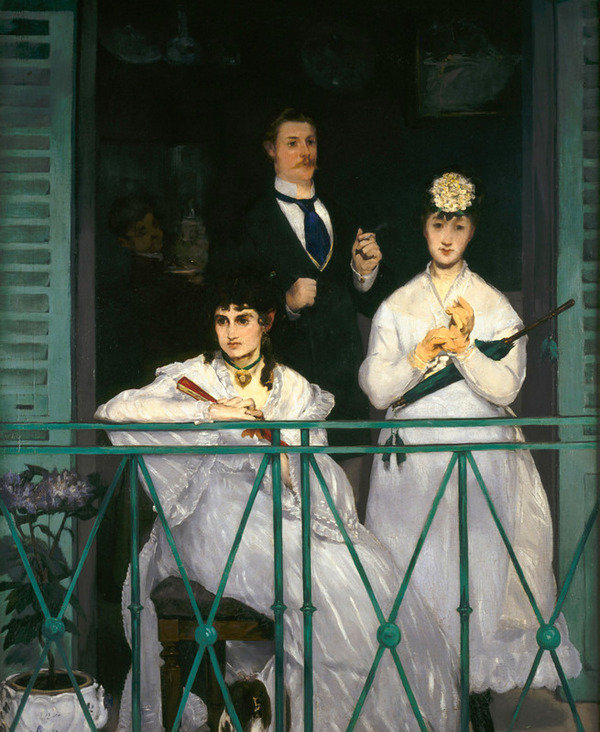L'impressionnisme et la mode
dal 24/9/2012 al 19/1/2013
Segnalato da
24/9/2012
L'impressionnisme et la mode
Musee d'Orsay, Paris
With their aesthetic positions, the reality of men and women of the years between 1860 and 1880 and their clothes underwent an undisputable transfiguration.

Anxious to account for contemporary life, Impressionism favoured the representation of human figures in their daily surroundings and captured the “modern” man in his routine activities, both in cities and in the countryside.
Although they did not strive to render scrupulously the physiognomy, costume or habit, the Impressionists nevertheless accounted for the fashions and attitudes of their times. They achieved this through their keenness to consider the portrait as a snapshot of a person in his/her familiar settings, through their ability to renew the genre works from the double point of view of typology and topography and above all through their attention to the “daily metamorphosis of exterior things”, as Baudelaire put it.
With their aesthetic positions, the reality of men and women of the years between 1860 and 1880 and their clothes underwent an undisputable transfiguration.
Press office:
Marie Dussaussoy
presse@musee-orsay.fr
Musee d'Orsay
1, rue de la Legion d'Honneur - Paris
Hours: 9.30-18, thur 9.30-18, monday closed



